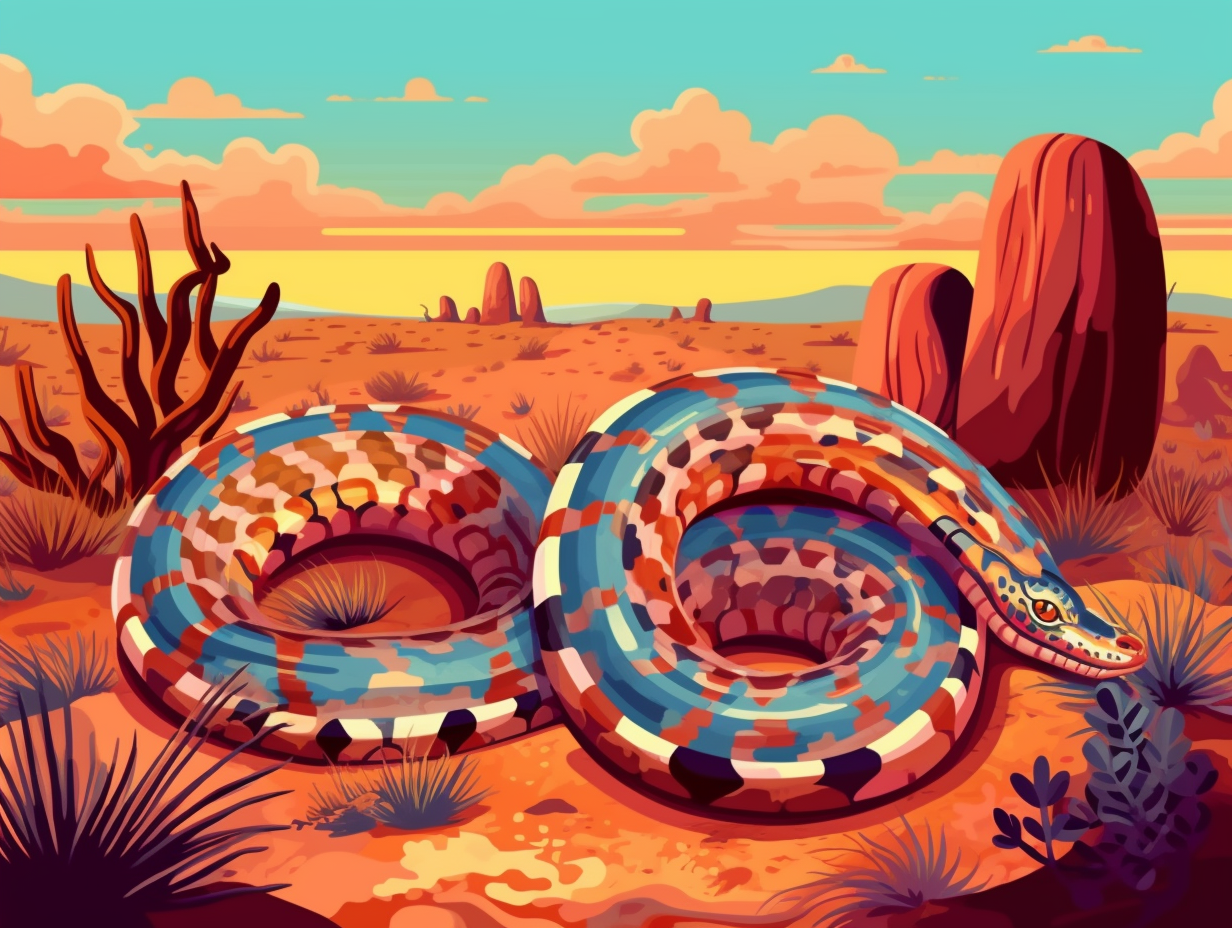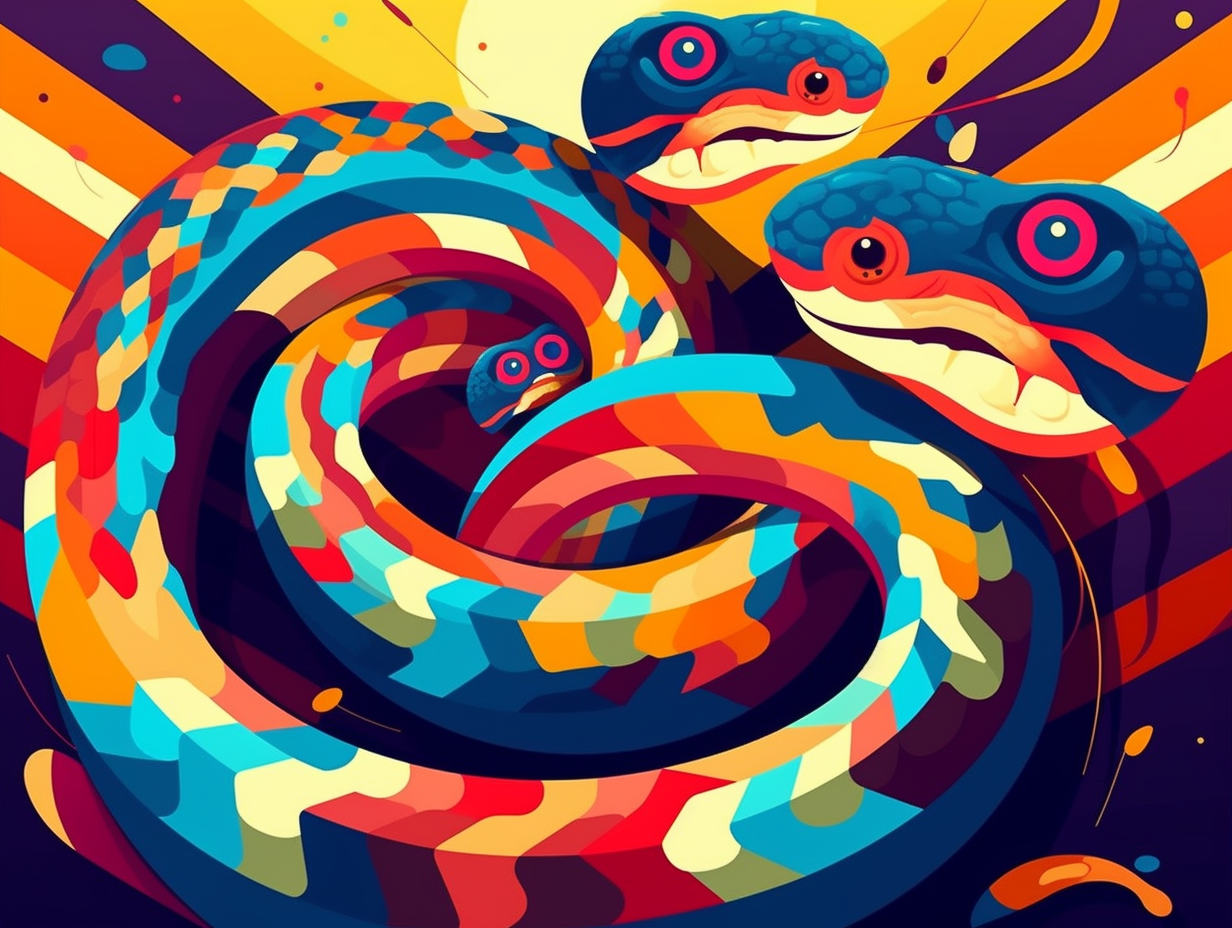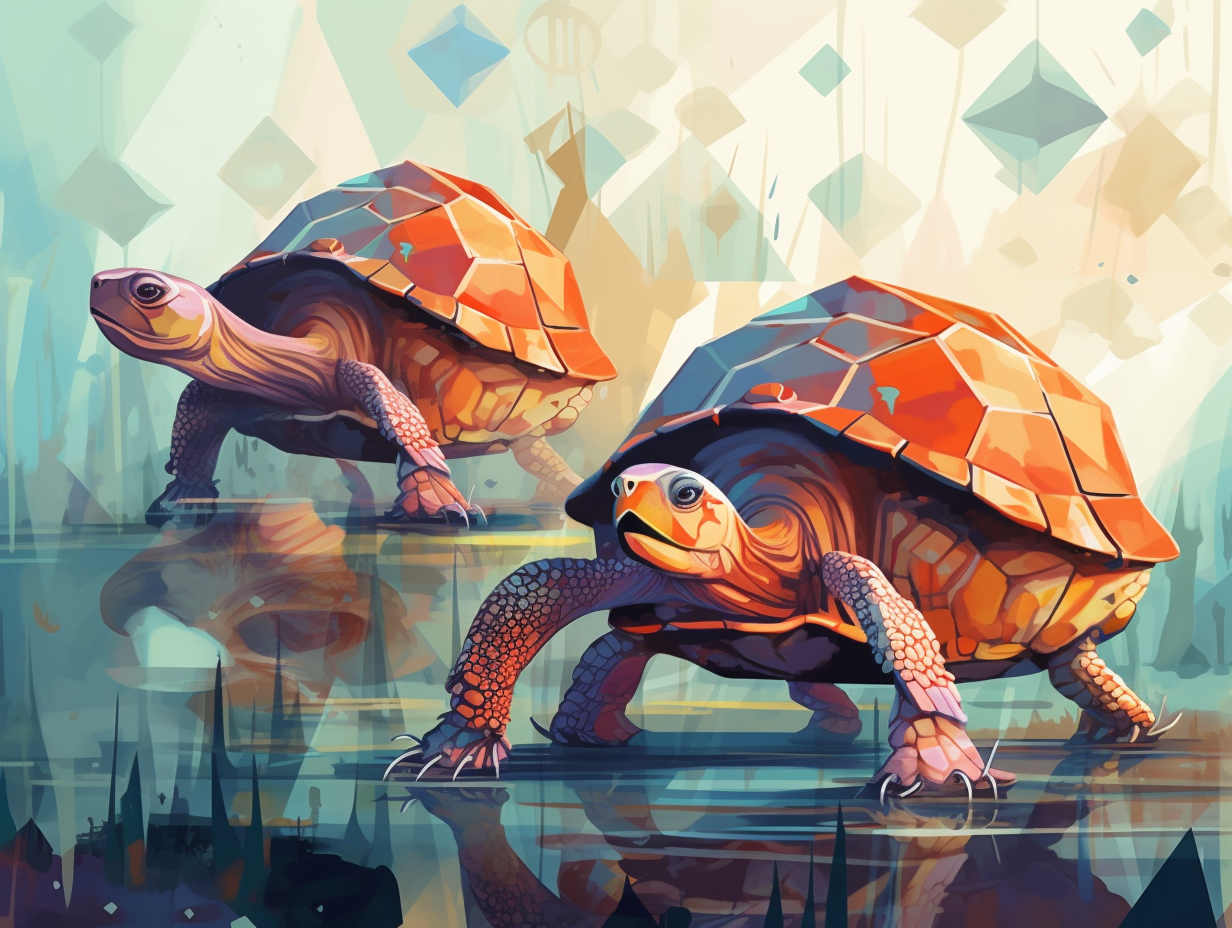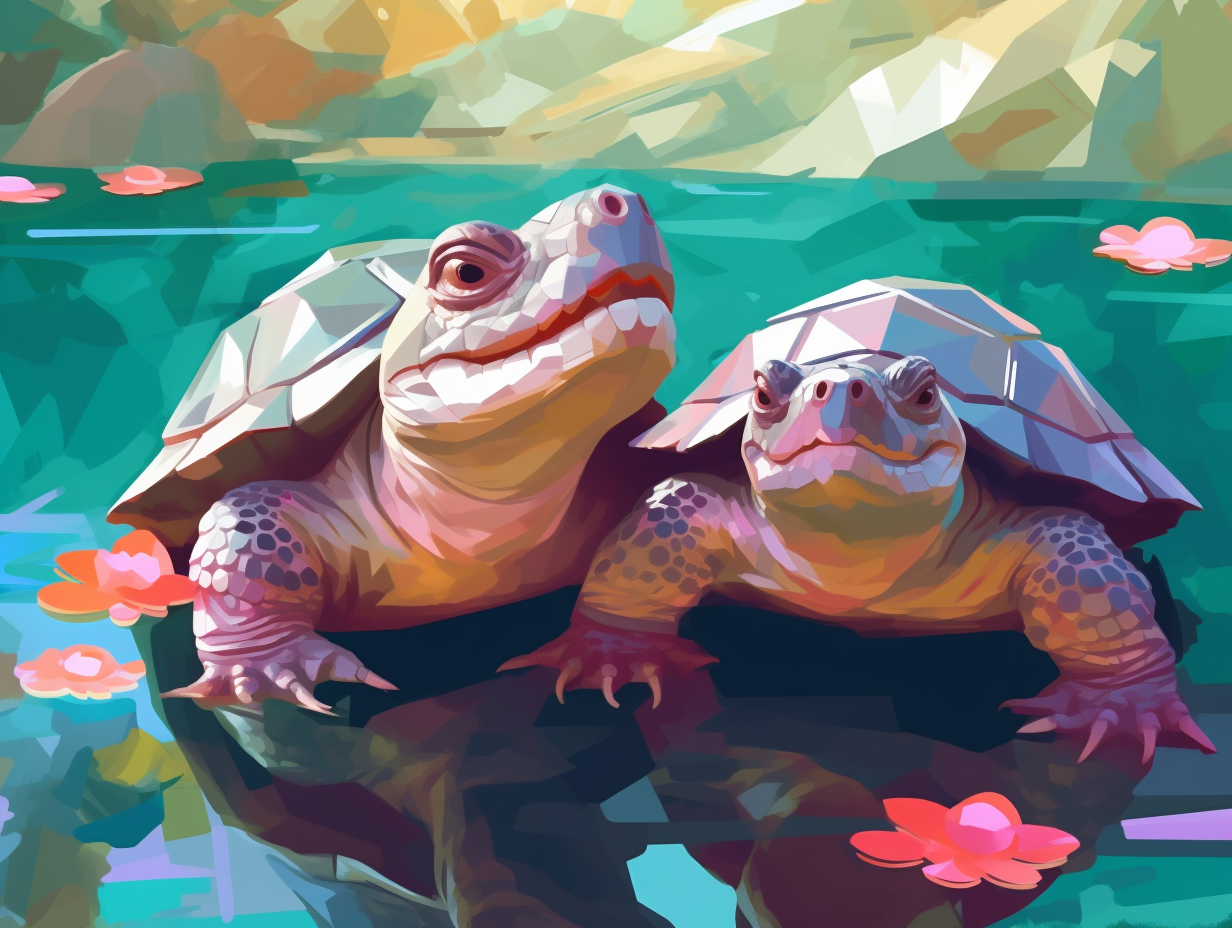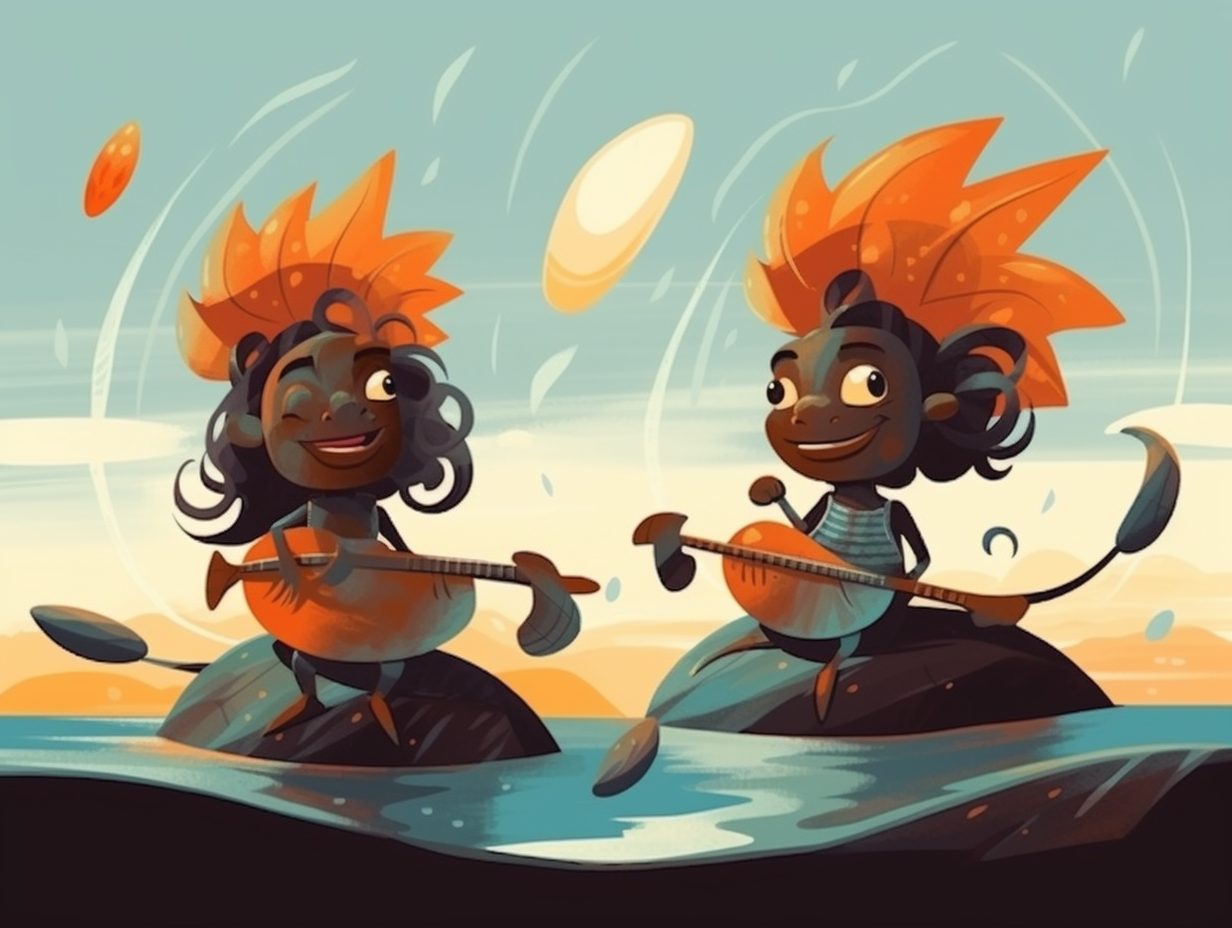Slither into Surprises: Top 11 Unbelievable Fun Facts About Boa Constrictors!

1. Hug of Death Strategy
Here's a little "squeeze the life out of you" scenario for your enjoyment: imagine a boa constrictor giving you a killer hug, but instead of leaving you breathless like Aunt Mabel's famous squeeze, it's more like cutting off the flow of life juice in your veins – a true "hug of death": In reality, boa constrictors don't suffocate their prey, but cleverly disrupt their circulatory system to cut off the blood supply, causing heart failure and ultimately, leading to the unfortunate demise of their dinner.
Source => nationalgeographic.com
2. Independent Rib Movement
Talk about a rib-tickling experience: Boa constrictors have the astounding ability to move their ribs independently of one another, enabling them to breathe effortlessly while putting the squeeze on their unfortunate prey. Astoundingly, this peculiar anatomical feature was revealed through x-ray studies that illustrated the intricate motion of their ribs during various behaviors, highlighting the sections activated solely for maintaining respiration, even in constricting life-or-death moments.
Source => nhm.ac.uk

Did you know pythons have the amazing ability to "see" heat and use it to locate warm-blooded prey? Explore their incredible infrared thermal detection skills in our fun facts about pythons!
=> Fun Facts about Pythons
3. Longevity and Length
If you thought snakes were only slytherin' into your heart with their scaly charm, think again! These slinky constrictor companions have longevity to boa-st about: Boa constrictors can grow up to 10 feet long and potentially live for 30 years or more, given proper care and regular veterinary check-ups, reaching an average length of over 7 feet and weighing up to 60 pounds, while being fed every 10 to 14 days as adults to avoid overfeeding issues.
Source => animals.mom.com
4. Arboreal Acrobats
Boa constrictors: putting the "squeeze" in tree-hugging since prehistoric times! These slithering muscle masters are adept at shimmying up trees and vines with the finesse of a professional pole dancer. They manage this acrobatic feat by winding their bulky bodies around branches, making use of all their sinewy sides to latch onto even the thinnest twigs: the boa's secret lies in its powerful muscular structure, enabling these chunky charmers to smoothly navigate their arboreal playground with all the grace of a slow-motion Tarzan.
Source => phys.org

5. Circulatory Arrest
Next time you squabble with a boa constrictor, don't bother calling a chiropractor: these sneaky serpents are actually using their muscles to cut off blood supply, not to massage your aching bones or attempt a lung-squeezing cuddle. In the end, it's a unique strategy called constriction that causes circulatory arrest, sending their prey to snake heaven instead of the nearest emergency room.
Source => nationalzoo.si.edu
6. Intermittent Fasting Snakes
Boa constrictors: the snake world's intermittent fasters known for turning "you are what you eat" into "you're rarely what you eat"! These serpentine survivalists enjoy the benefits of a feast-or-famine lifestyle: they feed opportunistically and can extend the time between meals during winter months when their metabolism slows down, ensuring their own survival and even encouraging reproduction.
Source => animalsathome.ca
7. Built-In Thermal Goggles
Who needs thermal goggles when you're Slyther-in around the neighborhood like a boa constrictor? Nature's got you covered: Boa constrictors have pit organs along their lips, which allow them to sense heat and track prey, although they're smaller and less sensitive than those of their pit viper cousins.
Source => amnh.org
8. Serpentine Swimmers
While boa constrictors may not have aspirations for the next Olympic swim team, they certainly wouldn't mind taking a dip in the pool from time to time: these slithering reptiles possess impressive swimming abilities, though they generally prefer to stay on dry land, masterfully navigating diverse habitats like deserts, wet tropical forests, open savannas, and even cultivated fields with both ground-dwelling and tree-climbing finesse.
Source => nationalzoo.si.edu
9. Big Bite Champions
Boa constrictors must have won every game of "how big of a bite can you take" at Mother Nature's dinner parties: They can swallow prey whole, up to five times the size of their head, thanks to flexible ligaments connecting their jaws and inwardly curving teeth that grip and pull in their meal, often taking hours to complete the process and causing their metabolism to skyrocket during digestion.
Source => woburnsafari.co.uk

10. Asexual Reproduction
Who needs a partner when you can do it all by yourself, right ladies? Boa constrictors seem to have it all figured out: Female boa constrictors can reproduce asexually through a process called parthenogenesis, resulting in offspring with rare recessive color mutations and WW chromosomes, challenging previous assumptions about reptile reproduction and evolution.
Source => sciencedaily.com
11. Plant-Loving Reptiles
Consider the creature that chose kale over critters, and said "lettuce leaf this rat race": some reptiles opt for a plant-based lifestyle! In fact, iguanas, chuckwallas, and tortoises are exclusive vegetarians, nibbling on nature's bounty instead of squirming prey. Proper care for these herbivorous reptiles includes a balanced diet and calcium supplements, making them delightful pets for those who prefer serving greens over winged or wriggly treats.
Source => snakesforpets.com
Related Fun Facts




